The Real High-Flying Martial Arts of God of High School
by Nate Ming,Anime and manga have allowed us to travel the globe, be reborn in strange and fantastical worlds, and return to high school for your choice of young love, athletic stardom, or other extracurricular activities. But one of the most satisfying things these mediums can ever do for us is provide the incredible, indescribable thrill of engaging in a hand-to-hand battle of will and skill, the clash of bone and sinew that is the basis of all combat, because only a fool trusts his life to a weapon.
Martial arts are a common sight in anime and manga, coming in as many flavors as there are types of stories. You have your thoughtful character studies (Vagabond), romantic comedies (Ranma ½), sports slice-of-life (Bamboo Blade), and even vicious body horror (Shigurui)—there's something for everybody, and this season's The God of High School aims to be a high-energy, light-hearted adventure that takes our lovable trio of heroes through a wild international tournament.

The titular God of High School tournament is exactly what it sounds like—a winner-takes-all fight to the finish to determine the strongest high school student, where the champion will get one wish granted by the event's organizers, no questions asked. Following bright-eyed protagonist Jin Mori and his friends, we're brought into a world of style vs. style duels and supernatural techniques, with some very welcome variety regarding the styles on display.
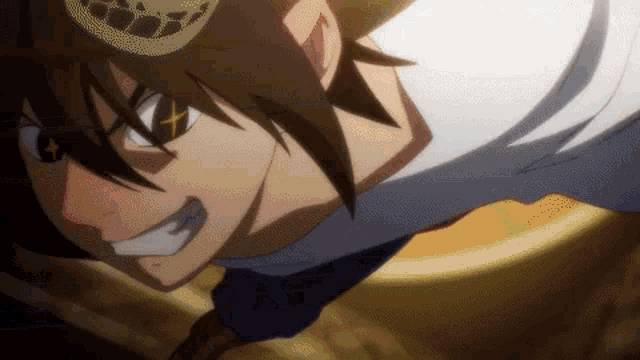
High-flying lead Jin Mori represents taekwondo, specifically his unique "Renewal taekwondo" form. The official national sport of South Korea (no, it's not StarCraft), taekwondo was developed in the 1940s and 1950s based off a combination of original Korean forms like taekkyon and subak with Chinese and Japanese martial styles. Taekwondo is famous for its fast and accurate high kicks, along with sharp and effective hand movements. As one of the most popular and most-practiced martial arts in the world, you can't trip over a strip mall without finding a taekwondo school or competitive organization.
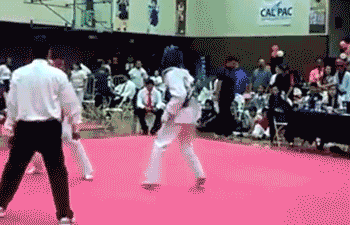
There's an old sabumnim's tale that says Korean martial arts' high kicks were developed for on-foot infantry to kick cavalry off their horses—while that's awesome, it's likely embellishment because, y'know… spears and bows are great for that sort of thing, too. Jin Mori's "Renewal taekwondo" and the savage Kang Manseok's "Dark taekwondo" are just like you'd expect, with a little (okay, a lot) of anime flash, huge, powerful kicks and Jin Mori tap-dancing on bad guys' faces.
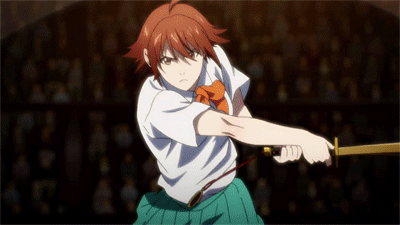
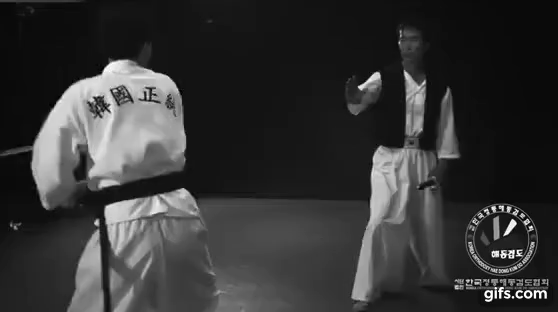
While Yoo Mira's Moon Light Sword style is fictitious, modern Korean sword technique is practiced under the name kumdo, which means "way of the sword," and is an analogue to Japanese kendo—practice armor, bamboo sword, and all. A key difference between kendo and kumdo is the method of competition and "best-practice" techniques: while kendo emphasizes waiting to deliver a single clean strike, kumdo rewards clever swordplay using smaller motions. Yoo Mira, however, fights like an anime character, with only passing references to any real martial technique (like how you will absolutely develop calluses on your hands from sword practice).


My favorite character, Han Daewi, claims "Full Contact Karate" as his fighting style, which is literally like saying your style is boxing or wrestling—"full contact" karate is a competitive event just like point karate or bare-knuckle karate, only you're wearing gloves and striking "with full contact"—at full force. Originally developed in Okinawa and based off Chinese martial techniques, karate has since spread throughout the world and influenced countless martial arts styles, starting as a hard and martial fighting form to a health-focused fad and right back to its roots, with traditional karate even showing up in the UFC from fighters like Lyoto Machida.
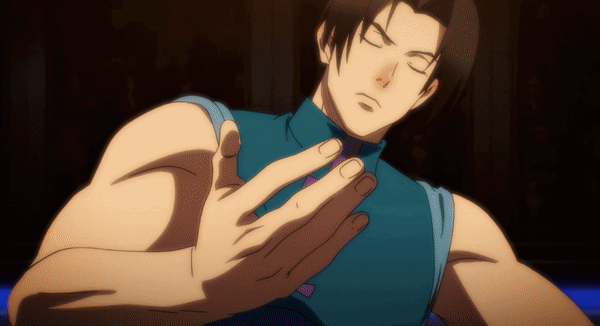
Early in the series, we meet chill tai chi practitioner Go Gamdo. Also known as taiji, taijiquan, or tai chi chuan (I'll have to write a whole 'nother article about Chinese pronunciation), this is another world-famous martial art that's best-known for its health benefits and slow, but purposeful forms. Roughly translating to "Great Extremities Fist," tai chi chuan lives up to that name by creating a balance of soft (yin) and hard (yang) energy, with flowing redirects leading to forceful counterattacks. Or in Go Gamdo's case, his flowing redirects and forceful counterattacks led to a vicious beating by someone who actually knew how to fight. Who said anime wasn't realistic?
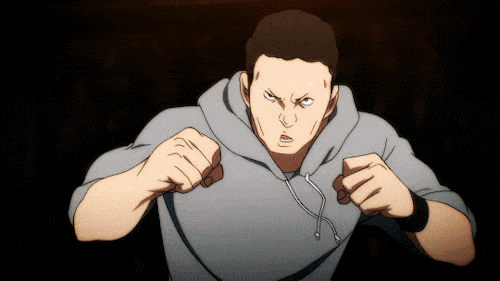
Another brief spotlight is given to pro wrestler Mah Miseon, who has the very admirable goal of wanting to be waited on hand and foot by the hot tournament organizers. There are as many styles of pro wrestling as there are pro wrestlers, but Mah Miseon loves her power moves and big body slams, putting her full weight into every attack. While I can understand some skepticism at pro wrestlers fighting in unscripted matches, it's always important to remember that wrestlers are athletes and performers in fantastic physical shape who go through hell for our entertainment, and looking at Brock Lesnar's UFC career, there's something to be said for simply being big, strong, and terrifyingly fast.

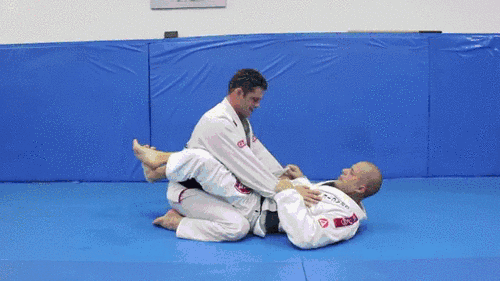
The latest contestant in God of High School is Byeon Jaehee, repping Brazilian jiu-jitsu (although there's definitely some capoeira in there too). In the 1920s, Carlos Gracie learned Kodokan judo from traveling judoka Mitsuyo Maeda. Soon after, Carlos and his brothers developed and refined what was initially named Gracie Jiu-Jitsu, which eventually evolved into what we now call "Brazilian jiu-jitsu." Working on pure grappling technique, BJJ is a chess game on the ground, where a smaller, weaker opponent can tie a larger opponent in knots simply by having better technique and awareness.

Byeon Jaehee's huge, spinning kicks are likely a shoutout to Brazil's other native martial art, capoeira. Developed by enslaved Africans living in Brazil, capoeira practice was disguised as dancing, with powerful arcing kicks done from a flowing ginga (swing) stance. Handstands, handsprings, cartwheels, and other gymnastic and aerial maneuvers are all part of the style, including moves you'd see in breakdancing like flares and coffee grinders.

Of course, this has all been leading to the most realistic and effective martial arts technique seen in The God of High School: summoning a giant ethereal being with your internal power, which I'm totally going to go practice now that I'm done writing this article. I'm looking forward to The God of High School finding more ways to show off styles from around the world, and I appreciate the detail and energy the animators have given to make each fight feel special.
What martial arts styles would you like to see in The God of High School? Which styles do you feel get the best representation? Are you a practitioner of any of these styles, and are you pleased or disappointed with their depiction? Sound off in the comments and let us know!